Editorial: The Truth About Cash for Clunkers
The so-called “Cash for Clunkers” legislation demonstrates everything that’s wrong with a political process playing in the market arena. It’s legislation that will do little to improve car sales. But it will drive traffic to dealers—mostly credit bandits scurrying around trying to buy new cars they can’t really afford.
There is one fundamental issue which restricts the usefulness of either the House version or the Senate (Feinstein-sponsored eco-version) of the legislation. Simply put, many current owners of low-value vehicles are unlikely to possess the resources to acquire outright for cash or qualify for financing on a new vehicle. Such owners are typically used car buyers, not new car buyers, and are likely the second, third, or later owner of said vehicle.
The benefit of the voucher diminishes as the value of the new vehicle increases (on a percentage basis), so customers with larger passenger vehicles or trucks looking to buy new of comparable size receive less perceived value from the voucher.
And worse, the value of the voucher limits qualifying vehicles to those which have an actual cash value (ACV) below the voucher value and also have EPA combined mileage rating low enough to meet the required mileage threshold gain or the limit to qualify in the first place (18 mpg for passenger cars in HR2571 or 17 mpg for all classes in the Feinstein bill).
The combination of these two factors limits the pool of vehicles to mostly older large passenger cars, SUVs, and trucks. Smaller vehicles, such as more recent vintage Honda Civics and Toyota Corollas, would not qualify for vouchers, as their combined mileage rating exceeds the maximum threshold value already in either bill and are likely worth more than the voucher anyways.
One key provision is that the vehicle traded must be owned and insured by the current owner for at least one year and must be in “drivable condition.” This will limit the formation of a “secondary market” of voucher-eligible vehicles and hence will not raise the minimum value on clunkers sitting on dealer lots. (It cannot be assumed that everyone will be honest and it’s not far fetched to believe that there will be fraud on the ownership requirements.)
The one category of vehicles that will likely gain the most from this program: the compact truck segment, such as the Ford Ranger, Toyota Tacoma, Nissan Frontier, and, perhaps, the Chevy Colorado. The base models of these vehicles tend to be relatively inexpensive, with four-cylinder engines. Owners can maximize the value of the voucher on a percentage basis on a price basis, especially when manufacturer rebates and dealer discounts are included.
And the maximum voucher could be obtained by buyers coming out of larger engine passenger vehicles (such as an old Monte Carlo) trading for a new light truck to gain the bigger mileage boost to qualify for the biggest voucher. These buyers need transportation (and financial assistance) in order to get a new vehicle – and the type of vehicle may be less important to them.
While this “cash for clunkers” program appears to be successful in Germany, there are other factors at work there. For example, small cars are more prevalent in Europe than in the USA (due to energy costs). Then there’s the qualifying restriction; it’s simply based on vehicle age: nine years or older. And the fact that the rebate is equivalent to the German VAT paid on smaller mass-market cars. Many manufacturers also matched the government rebate, making lower cost vehicles even more affordable. [NB: larger vehicles, particularly in the luxury class, saw very little benefit from the program.]
The net benefit of this program will not necessarily come from sales of new vehicles, but rather a government-sponsored marketing effort (courtesy of the news media and dealer promotion) to drive traffic to new car dealers. Without a doubt, owners of low value vehicles of any type will consider exploring a new car purchase in response to the hype of vouchers providing a minimum value on their existing vehicle. But most of them probably can’t qualify for financing (and don’t have the cash anyways), so they’ll either leave disappointed or end up driving home in a newer used car.
All in all, don’t expect the proposed Cash4Clunkers legislation to create a big boost in U.S. new car sales. It’s just a promotion by the government to make it look like it’s a good thing for the environment and the economy. But what’s really scary: it foretells a future where the government will really start to modify our taste for fun, powerful (but less fuel efficient) vehicles through coercive taxes and penalties—while promoting Pelosi-cars through government giveaways.
The Senate should kill this wasteful legislation now before things really get crazy. May I suggest you call yours?
More by Ken Elias
Latest Car Reviews
Read moreLatest Product Reviews
Read moreRecent Comments
- Lou_BC Well, I'd be impressed if this was in a ZR2. LOL
- Lou_BC This is my shocked face 😲 Hope formatting doesn't fook this up LOL
- Lou_BC Junior? Would that be a Beta Romeo?
- Lou_BC Gotta fix that formatting problem. What a pile of bullsh!t. Are longer posts costing TTAC money? FOOK
- Lou_BC 1.Honda: 6,334,825 vehicles potentially affected2.Ford: 6,152,6143.Kia America: 3,110,4474.Chrysler: 2,732,3985.General Motors: 2,021,0336.Nissan North America: 1,804,4437.Mercedes-Benz USA: 478,1738.Volkswagen Group of America: 453,7639.BMW of North America: 340,24910.Daimler Trucks North America: 261,959




















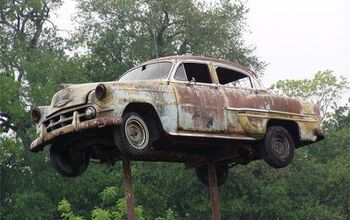
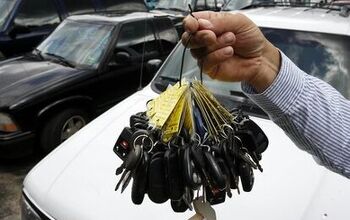
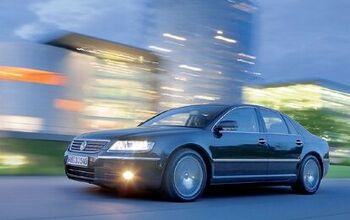


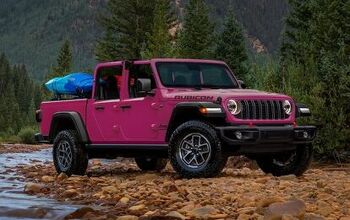
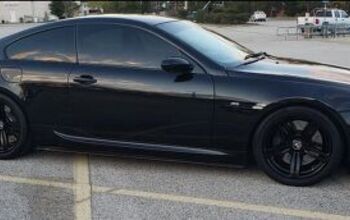


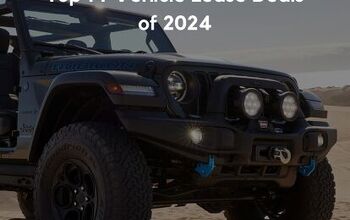


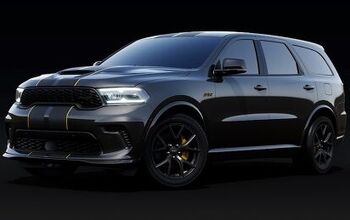
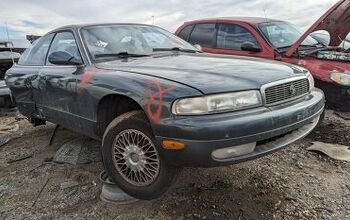
Comments
Join the conversation
The program fits me - well-off and cheap - as I'm still driving my bought-new '98 Explorer with 150,000 miles. Unlike a lot of people I did need the off-road capability when I bought it, but I no longer do. What I do need is cargo capacity, but don't want a minivan (crap mileage anyway). What I'd pay real dollars for is a mid-sized station wagon, e.g., 2010 Chevy Malibu Wagon, or maybe a Ford Taurus or Fusion Wagon, but I've looked on the lots and can't find any - it's as if Detroit stopped making them years ago. Volvo, Mercedes, and BMW make them, but $4,500 doesn't make much of a dent in their prices. My Explorer is in really nice condition and is worth maybe $3000, so getting C4K $3500-$4500 for it isn't really that useful to me - a $500 to $1500 difference. I've been ignoring price givebacks of that magnitude for years. Hell, I'd spend that much on the 70,000 mile service on a BMW wagon - no thanks.